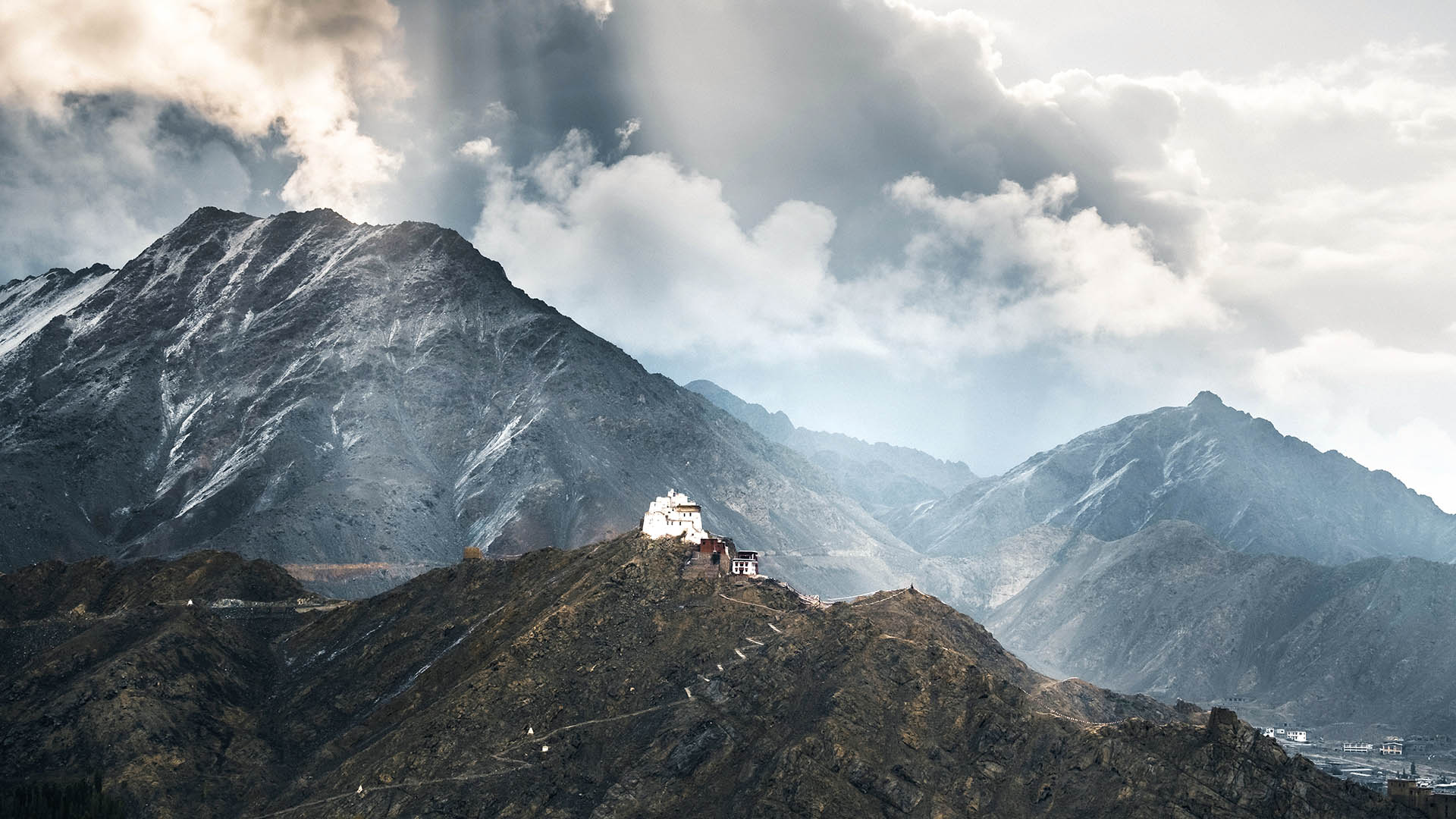
Can India Tackle the Dark Clouds of the Second Covid-19 Wave?
Key Insights
- The current second Covid-19 wave is hitting India hard with regional stress in the health care system and urgent lack of oxygen. However, the number of daily infections is declining noticeably in Mumbai and the vaccine program has already come a long way with an expected acceleration ahead. It is estimated that close to 40% of the population has become immune either through vaccination or development of antibodies after infection.
- The economic outlook in late 2020 was rather positive following the reopening of the economy after the first wave. However, as the current health crisis has exposed the inadequacies of the current healthcare system, politicians reckon that the long-term solution is to boost economic wealth to finance the needed healthcare programs. Therefore, the recent reform initiatives are very important.
Vaccines give hope despite second wave
India has been hit hard by the second Covid-19 wave with regional congestions in the health system. The worsened situation can be attributed to the authorities’ too optimistic assessment at the end of 2020 as well as the proliferation of a new virus - a more contagious double or triple mutation. Although the number of deaths is a human tragedy, the number measured in relation to the size of the population is still at the low-end compared to other countries.
The current situation is exacerbated by a severe shortage of oxygen, respirators and hospital capacity. The biggest challenges are concentrated in 8 states out of a total of 30 states. The problems are rooted in a poor infrastructure for transporting oxygen containers, where many hospitals, especially in northern India, are struggling to refill their oxygen bottles. One solution is a better utilization of the existing aircraft and railway infrastructure to help the distribution of oxygen and refilling of the empty containers. Finally, India is receiving international help in the form of increased imports of oxygen, respirators and production equipment.
Although Covid-19 has proved unpredictable, it is positive that infection cases seem to be peaking, with the daily number of new infections having declined over the past few weeks. In Mumbai, which was epicenter of the second wave, the number of new daily infections are falling noticeably with the pressure on hospitals easing.
To gain effective control over the virus, India needs to accelerate vaccinations. However, India is already the fastest country in the world with over 140 million vaccine doses delivered with a daily vaccination rate of approx. 3 million doses. At the end of April, probably close to 45% of the population over the age of 45 will have been vaccinated with the first dose, and it is estimated that 40% by now have developed antibodies, either through actual infection or via vaccination. Vaccination will open to all persons of 18+ years in May, and the daily vaccination rate may double by June as vaccine production is stepped up combined with increased imports.
New reform initiatives key to the long-term solution
Policy makers can learn from the current situation where the health crisis has revealed an inadequate public health-care sector. An important insight and a political focus area is the need for a strong economy, as India with an average income of approx. USD 2,000 pr. per capita will struggle to finance the needed expansion of the healthcare system. Therefore, the Indian government is forced to adopt a barbell-approach with tough shutdowns to gain time to procure medicines, emergency aid and short-term expansion of hospital capacity and test centers.
At the same time, the government has accelerated the reform process to alleviate critical bottlenecks in the economy. This includes reforms of the labor law with-in agriculture, production-linked incentive schemes, privatization of the public sector, freeing up state-owned land, raising limits on foreign direct investments as well as providing emergency credit lines to small and mid-sized companies. In addition, the government has boosted public infrastructure investments. We see these reform initiatives as important to ensure sustained long-term economic growth in India thereby creating the financial capacity needed to improve current welfare programs.
India’s economy is fundamentally strong
Although India’s economy has been hit hard by the Covid-19 pandemic and the associated shutdowns, the domestic economy is fundamentally in a strong position. Evidence of this can be found by looking at the development before Covid-19. Figure 1 shows the key figure PMI, which is a confidence indicator for purchasing managers in the manufacturing and service sector (please see PDF). PMI has been rising since October 2019 until the outbreak of Covid-19. Then, when India reopened after the first wave in 2020, the economy quickly rebounded as there was no surplus capacity or excess inventories from before the closure. Therefore, the rising consumption following the reopening quickly led to an increase in production, which further supported the recovery after the reopening, whereby the economy quickly reached new record levels in March 2021.
The potential is intact
The second wave hit India when the growth outlook was upgraded to an expected growth rate of 12-14%. Given this underlying strength of the economy, India has a good chance of getting through this situation on a solid footing. Taking into account the government’s efforts to combat the virus, the accelerated vaccination program and in particular their focus on implementing growth supportive reforms, we continue to view India’s long-term opportunities positively. Despite the tragedy of the pandemic, India is one of the fastest growing economies in the world, while being the world’s third largest economy with one of the youngest populations, where approx. two-thirds of the population are under 35 years of age. The combination of a young population and the reform process make India perhaps the largest structural investment opportunity over the coming decade.
